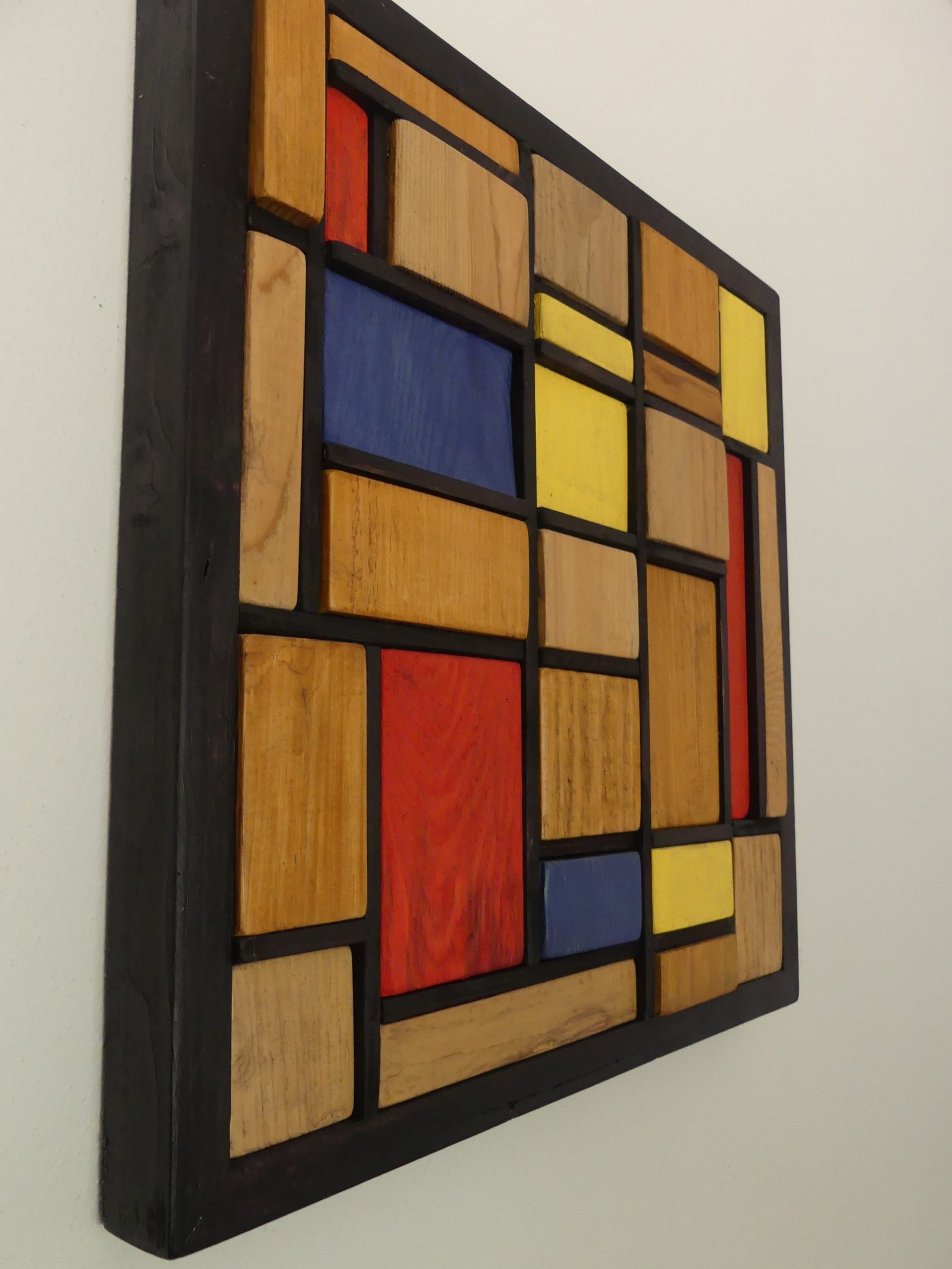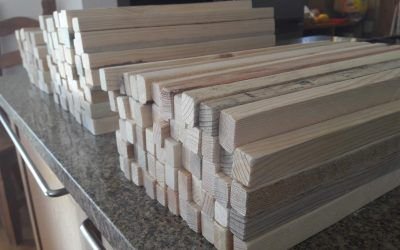When I travel I love to wander with no particular place to go………… its my thing, I love it. I can walk for hours and hours until my feet can take no more and still some. Sometimes I may run if I happen to have my trainers with me but walking is always the default option, particularly in new cities where there’s so much to see and you need a slower pace. No plans, just wandering aimlessly from street to street soaking up the local culture…… the sights and sounds, the tastes and smells all combining to inject new energy and ideas, rejuvenating and expanding my mind
On one such outing to The Netherlands capital Amsterdam I came across the Stedelijk Museum. I had been heading in the direction of the famous Van Gogh Museum but seeing the queues, which I don’t do, continued onward to discover by chance this international museum dedicated to modern and contemporary art and design. What a discovery, so much to see, so much to inspire.
I had seen Piet Mondrian designs before, but only in passing, and never taken the time to understand his work. The Stedelijk housed a number of his works along with the history of the man which resonated with me and so a seed was born……………on returning to the workshop in Portugal I set to work developing the ‘Homage to Piet’ designs which portray his simplistic style adding a new 3D dimension to his vertical and horizontal line.
Pieter Cornelis Mondrian (7 March 1872 – 1 February 1944), was a Dutch painter and theoretician who is regarded as one of the greatest artists of the 20th century.
Mondrian’s art was highly utopian and was concerned with a search for universal values and aesthetics. He proclaimed in 1914: ‘Art is higher than reality and has no direct relation to reality. To approach the spiritual in art, one will make as little use as possible of reality, because reality is opposed to the spiritual. We find ourselves in the presence of an abstract art. Art should be above reality, otherwise it would have no value for man’
His art, however, always remained rooted in nature.
Mondrian’s best and most-often quoted expression of this theory, however, comes from a letter he wrote to H. P. Bremmer in 1914: I construct lines and color combinations on a flat surface, in order to express general beauty with the utmost awareness. Nature (or, that which I see) inspires me, puts me, as with any painter, in an emotional state so that an urge comes about to make something, but I want to come as close as possible to the truth and abstract everything from that, until I reach the foundation (still just an external foundation!) of things……………….
I believe it is possible that, through horizontal and vertical lines constructed with awareness, but not with calculation, led by high intuition, and brought to harmony and rhythm, these basic forms of beauty, supplemented if necessary by other direct lines or curves, can become a work of art, as strong as it is true
.





